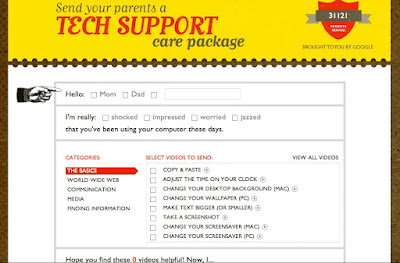UDATE: CALL FOR PAPERS: Workshop on UI Technologies and Educational Pedagogy, Child-Computer Interaction (in conjunction with CHI 2011, May) |
| Posted: 29 Dec 2010 08:33 PM PST CALL FOR PAPERS Child Computer Interaction: in conjunction with CHI 2011, Vancouver, Canada May 8th 2011 Topic: Given the emergence of Child Computer Interaction and the ubiquitous application of interactive technology as an educational tool, there is a need to explore how next generation HCI will impact education in the future. Educators are depending on the interaction communities and to deliver technologies that will improve and adapt learning to an ever- changing world. In addition to novel UI concepts, the HCI community needs to examine how these concepts can be matched to contemporary paradigms in educational pedagogy. The classroom is a challenging environment for evaluation, thus new techniques need to be established to prove the value of new HCI interactions in the educational space. This workshop provides a forum to discuss key HCI issues facing next generation education. We invite authors to present position papers about potential design challenges and perspectives on how the community should handle the next generation of HCI in education. Topics of interest include:
Submission: The deadline for workshop paper submissions is January 14, 2011. Interested researchers should submit a 4-page position paper in the ACM CHI adjunct proceedings style to the workshop management system. Acceptance notifications will be sent out February 20, 2011. The workshop will be held May 7 or May 8, 2011 in Vancouver, Canada. Please note that at least one author of an accepted position paper must register for the workshop and for one or more days of the CHI 2011conference. Website: http://www.dfki.de/EducationCHI2011 Edward Tse, SMART Technologiess Johannes Schöning, DFKI GmbH Yvonne Rogers, Pervasive Computing Laboratory, The Open University Jochen Huber, Technische Universität Darmstadt Max Mühlhäuser, Technische Universität Darmstadt Lynn Marentette, Union County Public Schools, Wolfe School Richard Beckwith, Intel |
| You are subscribed to email updates from Interactive Multimedia Technology To stop receiving these emails, you may unsubscribe now. | Email delivery powered by Google |
| Google Inc., 20 West Kinzie, Chicago IL USA 60610 | |

